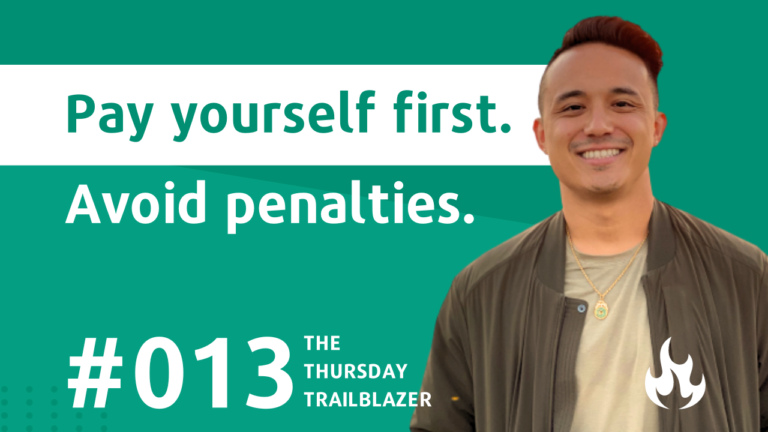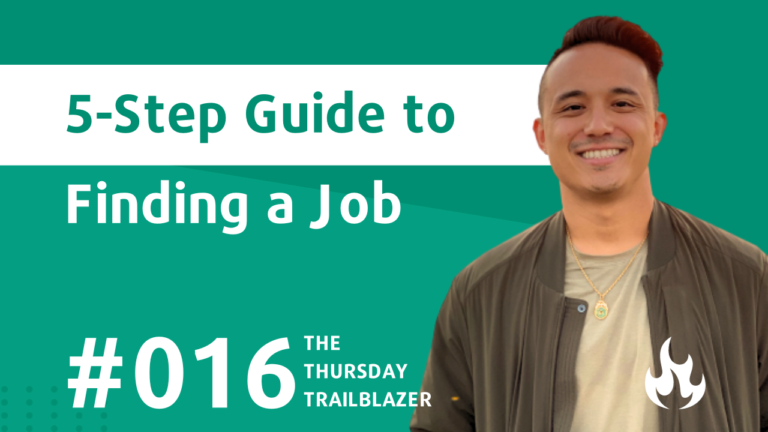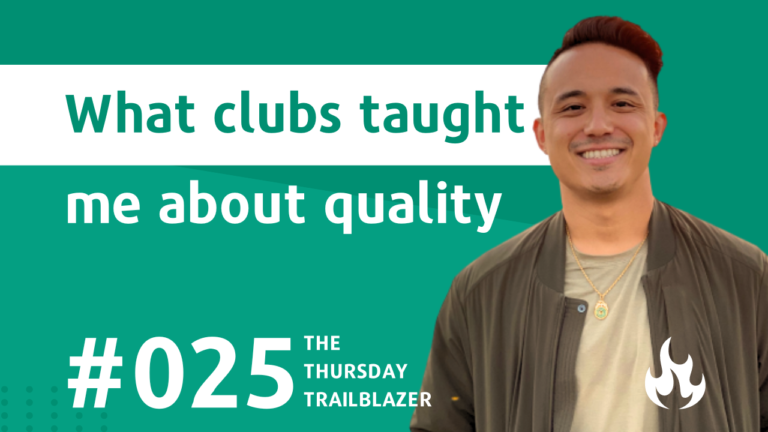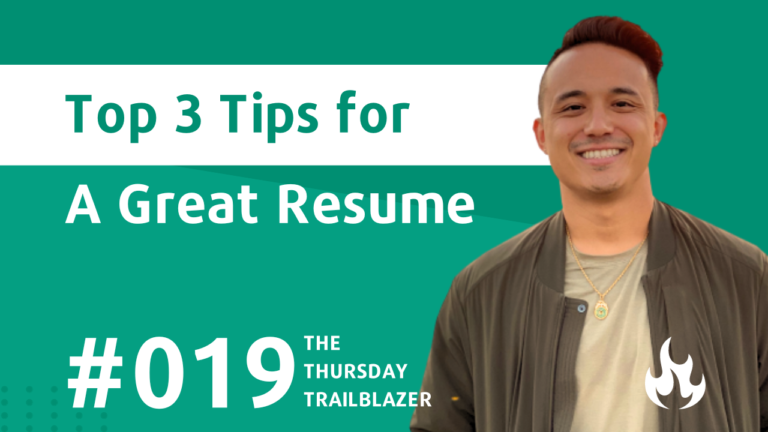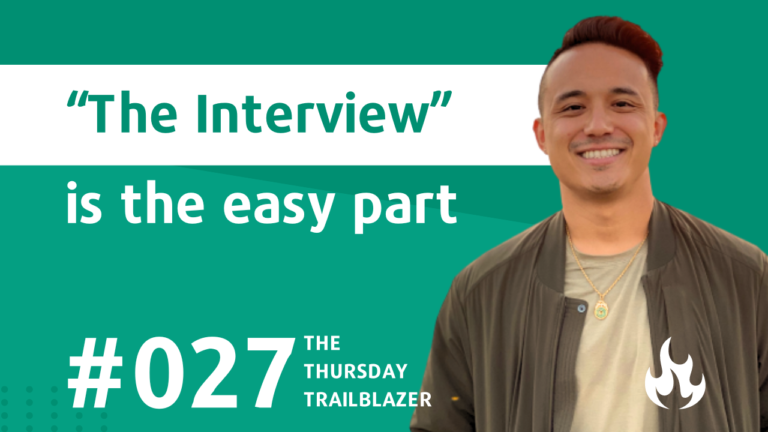T3 #010: How To Choose Which Debt To Pay First

13 months.
That’s how long it took me to pay $18,000+ in student loans.
They were actually 8 different loans each with their own interest rate.
Paying this off was my #1 priority when I graduated,
before racking up any car loans, mortgages, or credit card balances.
How did I prioritize my payments for each loan?
There are a five key terms to know throughout this post:
- Balance
- Interest Rate
- Minimum Payments
- Avalanche Method
- Snowball Method
Housekeeping: knowing your balance, interest rates, and minimum payments
When I am working through different loans…
…these are the first things to collect.
And you would be surprised how many people don’t know these few details for their loans. 🤯
Balance: how much do you owe for each individual loan, credit card, etc.
Interest Rate: what is the annual percentage rate (APR) for each debt and is the rate fixed or variable. If it’s variable, it’s important to keep track every time it changes.
Minimum Payment: What is the least amount you can pay on the loan to be in good standing with that creditor? Keep in mind: sometimes paying the minimum payment is less than the amount being added in interest. This means you’re actually going more into debt by paying the minimum.
Action: Log into each portal or find each billing statement and write down each of the debts you may have. It’s easier to evaluate things when they are all on one piece of paper or your own budget spreadsheet.
Select a debt payback method
There are two commonly used debt payback methods.
Debt Avalanche. Make the minimum payments on all debt and use extra funds to pay off the debt with the highest interest rate first. Over the duration of the loans, this can typically save you the most.
Debt Snowball. Make the minimum payments on all debts and use extra funds to pay off the the loan with the lowest outstanding balance first. This will allow you to have quicker ‘wins’ as you will be able to eliminate each loan faster overtime.
Personally, I need to have quicker wins to keep me motivated over time.
I followed the debt snowball pay down method.
But it’s important to know yourself and what will work best for you!
Action: Order each of your debts based on the method you want to follow:
1 // From highest to lowest based on the interest rates (avalanche method)
2 // From lowest to highest based on outstanding balance (snowball method)
Note: If you’re using my budgeting template, you’ll notice each is already sorted for you.
Consistency is key
With a game plan created…
…now it’s time to execute!
Avoid adding any additional debts as that is completely the opposite of what you are trying to achieve.
If you have any extra money to pay back some of the debt each month beyond all your minimum payments…
… you know exactly where to put it.
Even if you are getting 5% APR in a high-yield savings account,
if you’re credit card APR is 18%, you’re still going backwards at 13%.
Of course, have an emergency fund.
But BE RUTHLESS to get rid of these debts.
When I started to pay back my student loan debt…
…13 months from now seemed like forever.
But looking back that was only a drop in the bucket,
and the 8+ years of the freedom of being debt-free was WAY worth it.
📚 Other Notable Resources
- Last Week’s Post: How to choose your “everyday” credit card
- Free Resource: Personal Budgeting Template (works for couples too!)
Learn the tactics we should have learned in school without the trail-and-error.
Join me and 67+ subscribers to The Thursday Trailblazer. Every Thursday morning, you’ll receive 1 step-by-step insight to help you level up in the areas of personal finance or career development.

